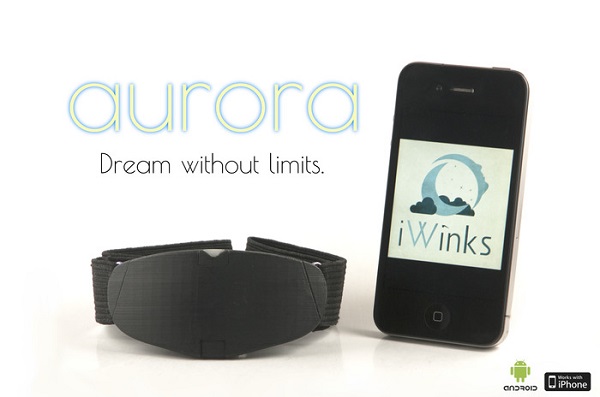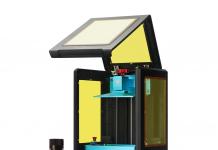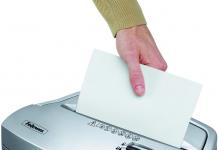Lucid dreaming is a much sought-after thing, but unfortunately, not everyone can do it. The brainwave reading iWinks Aurora headband seems to be a possible solution, as it promises to offer us total control while dreaming.
iWinks, a San Diego-based company, realized that controlling your dreams is far simpler than looking for spinning tops and other such totems (if you haven’t already, you should definitely watch Inception). The headband that they came up with seems to be the optimal solution for lucid dreaming, as it tracks the brain’s electroencephalography (EEG) signals and delivers some sort of alerts exactly when needed.

In an interview with VentureBeat, Daniel Schoonover, iWinks cofounder and hardware engineer, gave some details about how the iWinks Aurora works: “You’ll be in a dream, really unconscious to what’s going on around you, and all of the sudden, you’ll see the lights. You can do whatever you want right then.” What Schoonover refers to is the light cue that alerts the wearer of the iWinks Aurora headband that he is currently dreaming. Sound cues are also available, in case you think you’re oversensitive to light signals while sleeping.
Considering that the iWinks Aurora headset monitors sleep patterns, reads our brainwaves and sends audio and visual cues, people might find additional uses for it, as even Schoonover pointed out: “We’re hoping people can find uses that we haven’t even thought of yet.”
Andrew Smiley, the other co-founder of iWinks emphasized that the headband won’t help people to lucid dream right away, and that it may take some getting used to it: “With a bit of testing, we’re going to be able to land on something that will work for most people, but it’s going to take some tinkering.”
iWinks turned to Kickstarter for funding their project, and by the looks of it, their campaign was a massive success. There are 15 more days to go (at press time), but backers have already pledged $50K more than the initial $90K goal. Early birds had a chance to secure an Aurora headband for $150, but since all those spots are gone, now you have to pay $175 for one. More expensive versions are also available, and T-shirts have been added as deal sweeteners. As pictured above, the headband comes with apps for iOS and Android, but a desktop app will also be available for the ones who want to see their sleep patterns.
If you liked this post, please read about how scientists could finally read our dreams and the No More Woof headset that breaks interspecies communication barriers.










